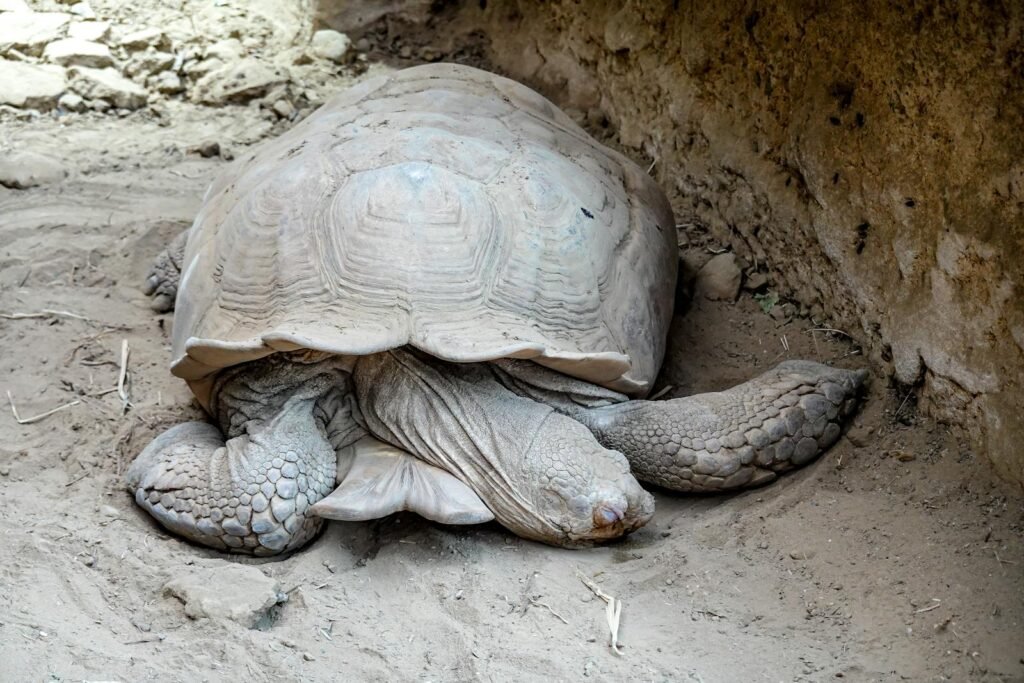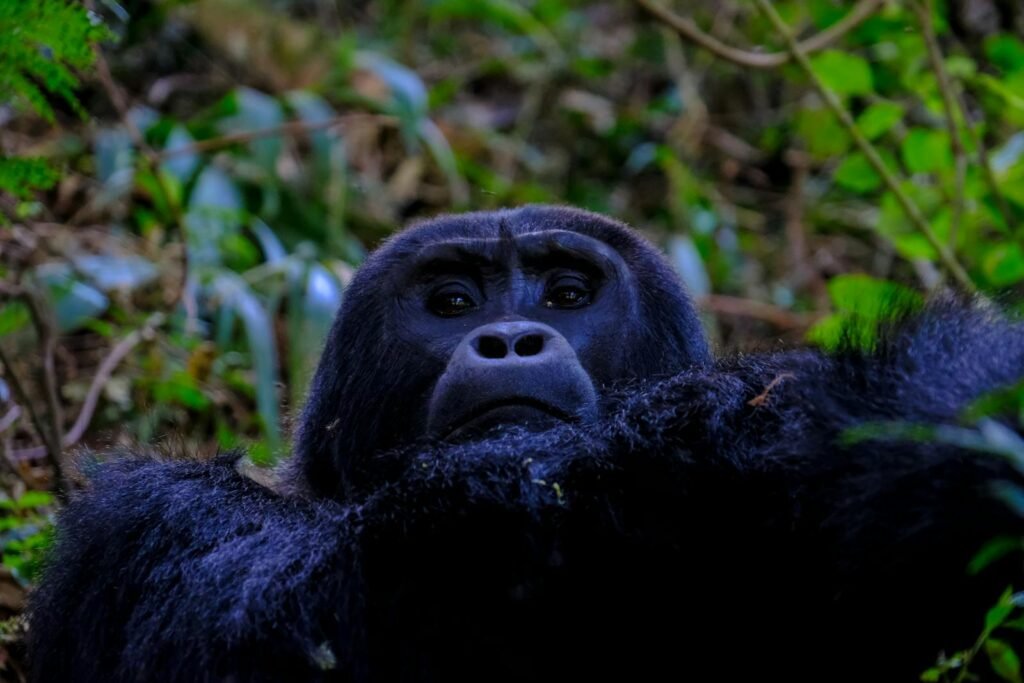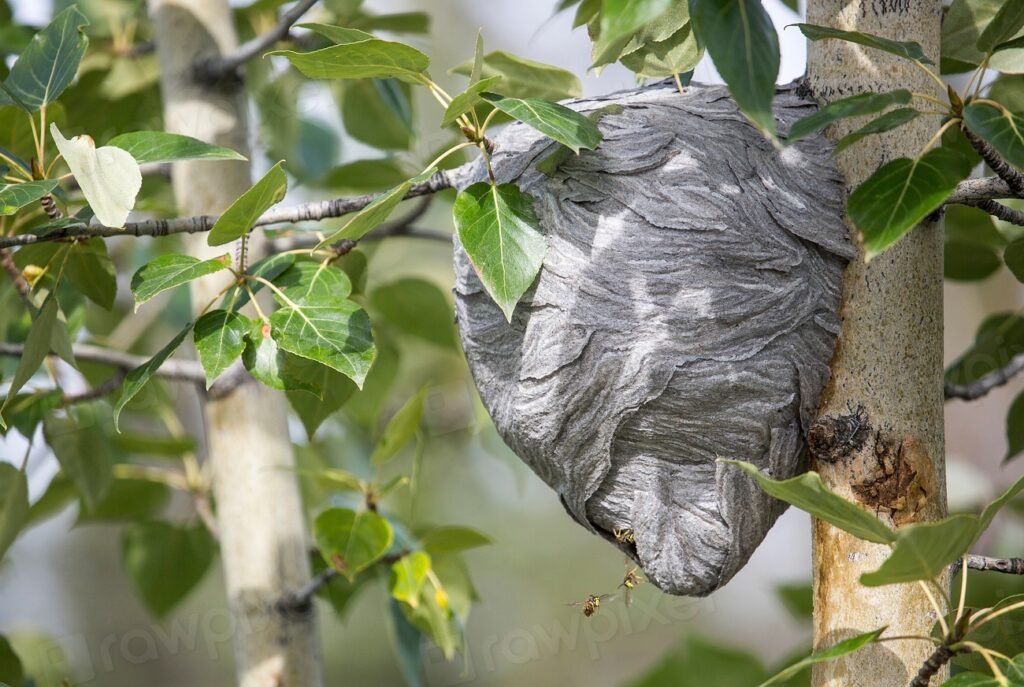It’s easy to forget that time can stand still…at least for some remarkable creatures and plants. Imagine walking through an ancient forest where silent witnesses to the age of dinosaurs still thrive, or gazing into a river where a fish unchanged for millions of years glides past your feet. National Park Week isn’t just a celebration of America’s stunning landscapes—it’s also a rare invitation to connect with the past through living fossils. These survivors, unchanged by epochs of evolution, carry stories older than humanity itself. Let’s dive into the wild and wondrous world of living fossils, and discover where you can find these natural time capsules during National Park Week.
What Are Living Fossils?

Living fossils are not just old creatures—they are, in a sense, windows into prehistoric worlds. The term refers to species that have changed very little over millions of years, surviving mass extinctions and dramatic shifts in the Earth’s climate. Their bodies, behaviors, and genetic blueprints are strikingly similar to their ancient ancestors’ fossilized remains. These remarkable beings have witnessed the rise and fall of dinosaurs, the Ice Ages, and the dawn of humanity. Finding one in the wild is like shaking hands with the past—a rare thrill for any nature lover or science enthusiast.
The Alligator Gar: A River Monster from the Age of Dinosaurs
In the winding rivers of the southeastern United States, the ancient alligator gar lurks. With a long, armored body and jaws filled with dagger-like teeth, this fish could have swum alongside T. rex. Alligator gar have been around for over 100 million years, and their presence in places like Big Cypress National Preserve in Florida is nothing short of astonishing. These creatures embody resilience, having survived dramatic changes in water levels, temperatures, and predators. Watching an alligator gar glide through the water is seeing a living relic that has defied the odds for millennia.
Ginkgo Trees: Ancient Survivors in Modern Parks
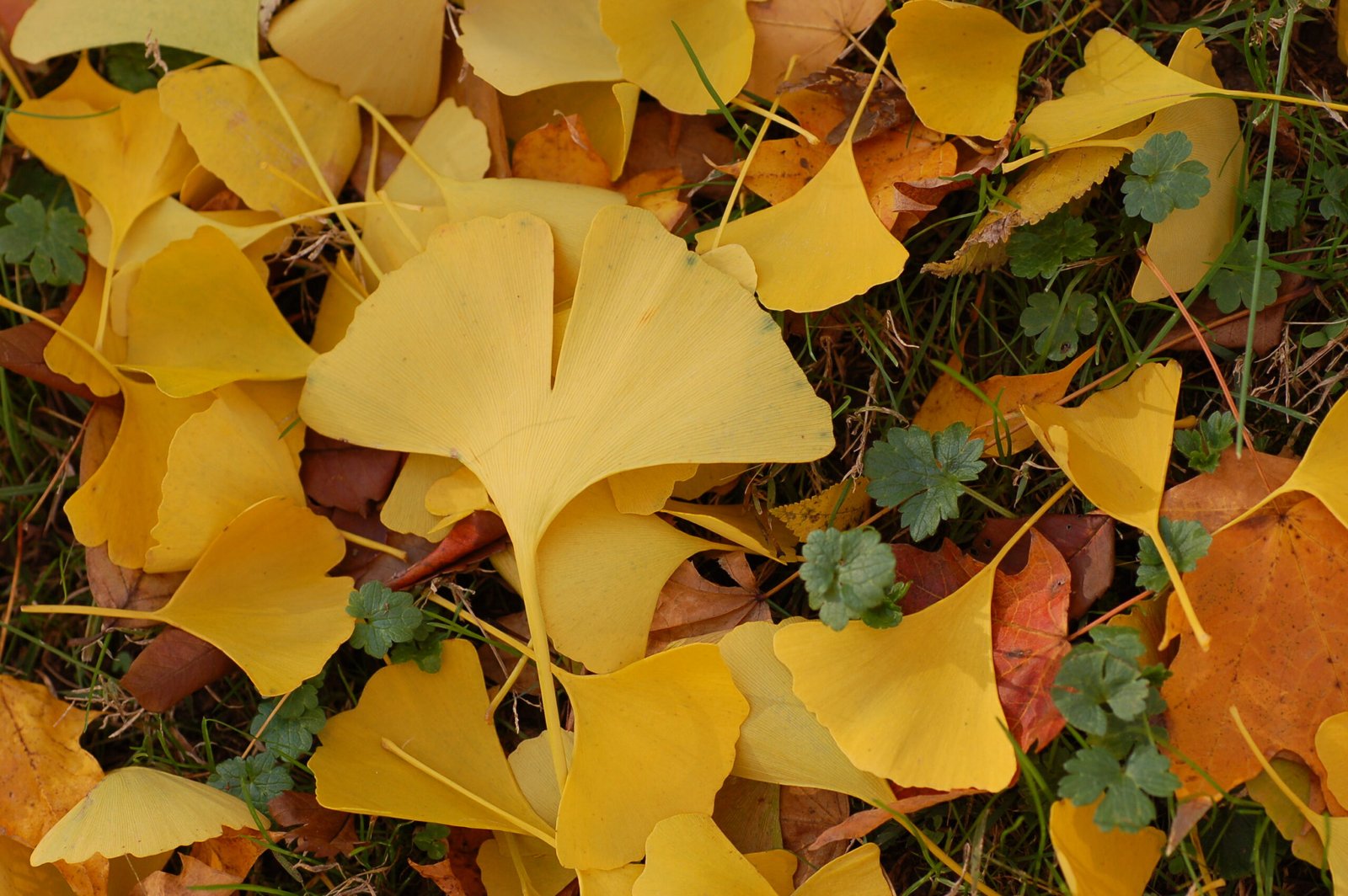
Ginkgo biloba trees are often called “living fossils,” and for good reason—they have existed for over 200 million years. Once a favorite snack for dinosaurs, today’s ginkgo can be found in cultivated groves in several national parks and historic gardens, including the National Mall in Washington, D.C. Their distinctive fan-shaped leaves turn brilliant gold in the fall, creating a breathtaking sight that connects us to a world long gone. Ginkgoes not only offer beauty but also resilience, having survived ice ages, nuclear blasts, and urban expansion.
Horseshoe Crabs: Ancient Mariners of the Shoreline

Every spring, horseshoe crabs swarm the shores of places like Cape Cod National Seashore in Massachusetts. With their helmet-like shells and blue blood, these creatures are nearly unchanged since the Ordovician period—450 million years ago! Horseshoe crabs are living reminders of an ocean teeming with bizarre, armored creatures. They play a crucial role in modern science, too—their blood is used to test the safety of vaccines. Seeing them crawl ashore is witnessing a ritual unchanged since before the dinosaurs.
Coelacanth Relatives: Echoes in the Deep
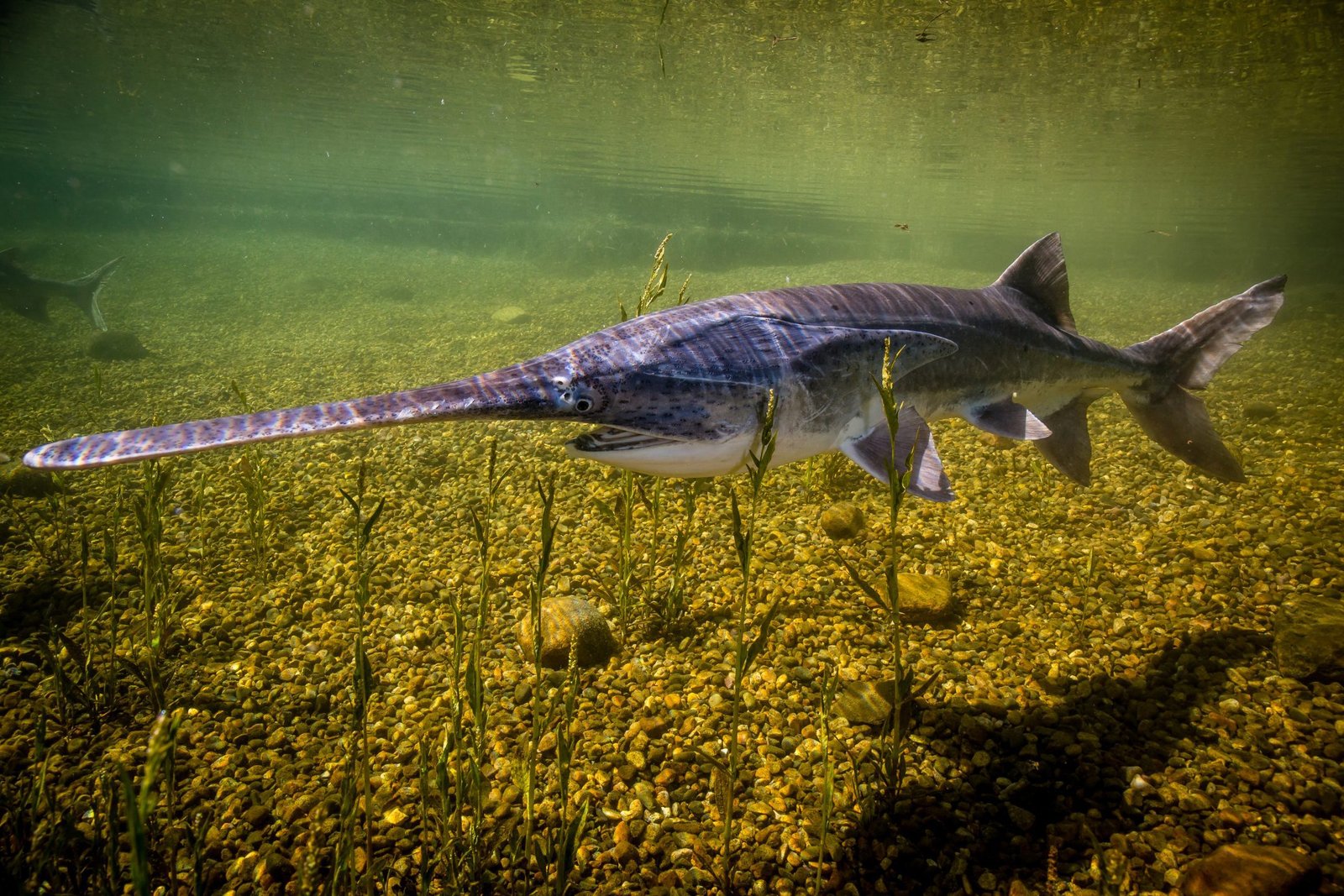
While the famous coelacanth is not found in the U.S., its close relatives—lungfishes and paddlefishes—swim in American waters. Paddlefish, which can be spotted in places like Ozark National Scenic Riverways in Missouri, are true living fossils. Their elongated snouts and smooth bodies look almost alien. Paddlefish have existed since the time of Pangaea, and catching a glimpse of one is like spotting a submarine from the ancient world. Their sensitivity to water quality also makes them important indicators of ecosystem health.
Tuataras of North America? Meet the Alligator Snapping Turtle
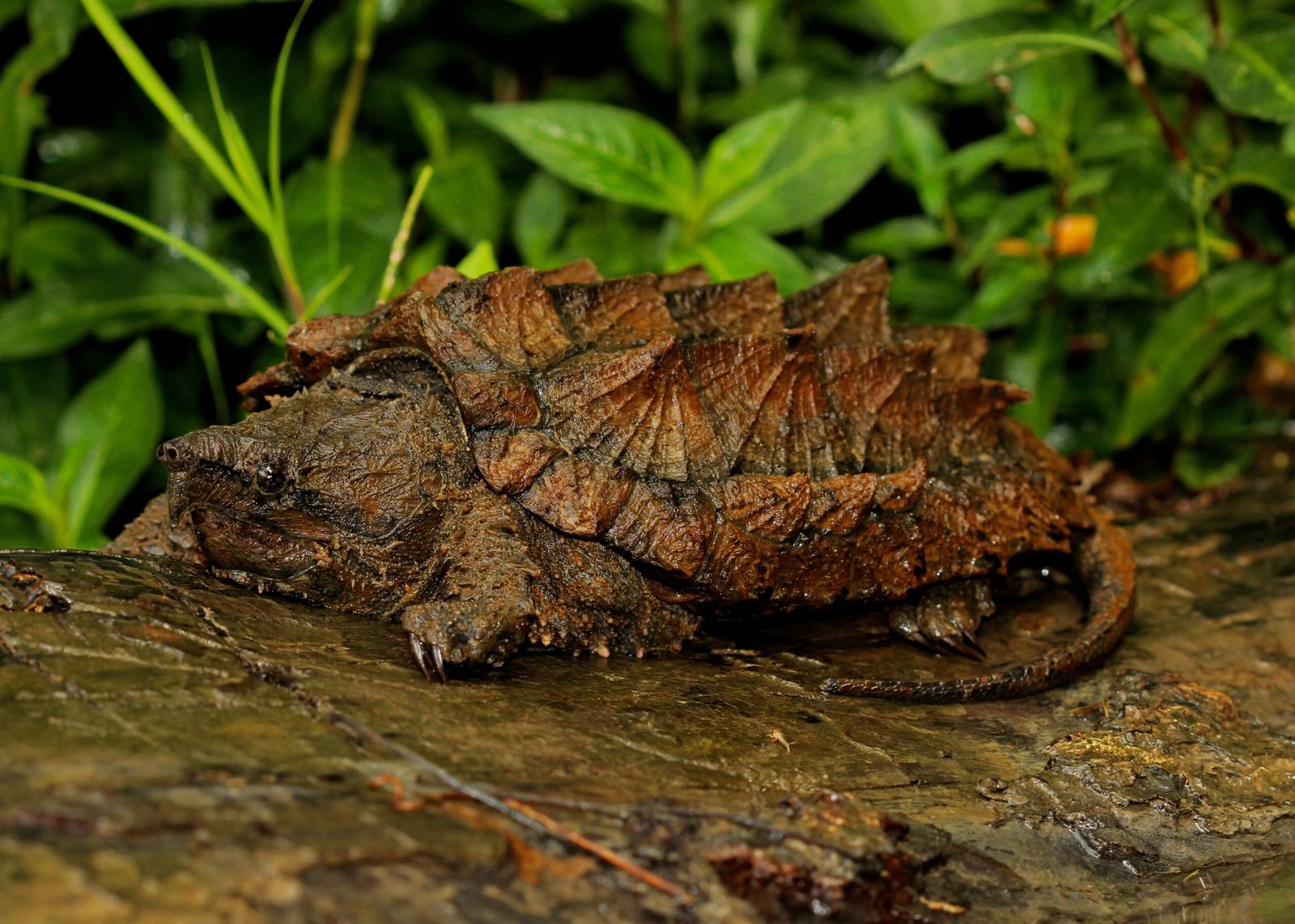
The alligator snapping turtle, found in national parks like Mississippi National River and Recreation Area, is a true marvel. With a spiky shell and powerful jaws, it looks like a dinosaur in miniature. Though not as ancient as the tuatara of New Zealand, these turtles have walked the earth for over 70 million years. Their slow lifestyle and long lifespans—some live over a century—give them a timeless quality. Watching one sun itself on a log is like glimpsing the ancient world in slow motion.
Metasequoia: The Dawn Redwood’s Miraculous Comeback

The dawn redwood, or Metasequoia, was thought to be extinct until a living specimen was discovered in China in the 1940s. Now, these trees grow in select American parks, such as the National Arboretum in Washington, D.C. Standing beneath their towering, feathery branches, you feel the presence of deep time. Metasequoias once blanketed the northern hemisphere during the age of the dinosaurs. Their survival story is a testament to the wonders that still await discovery in our parks.
Sturgeon: Giants of America’s Great Rivers
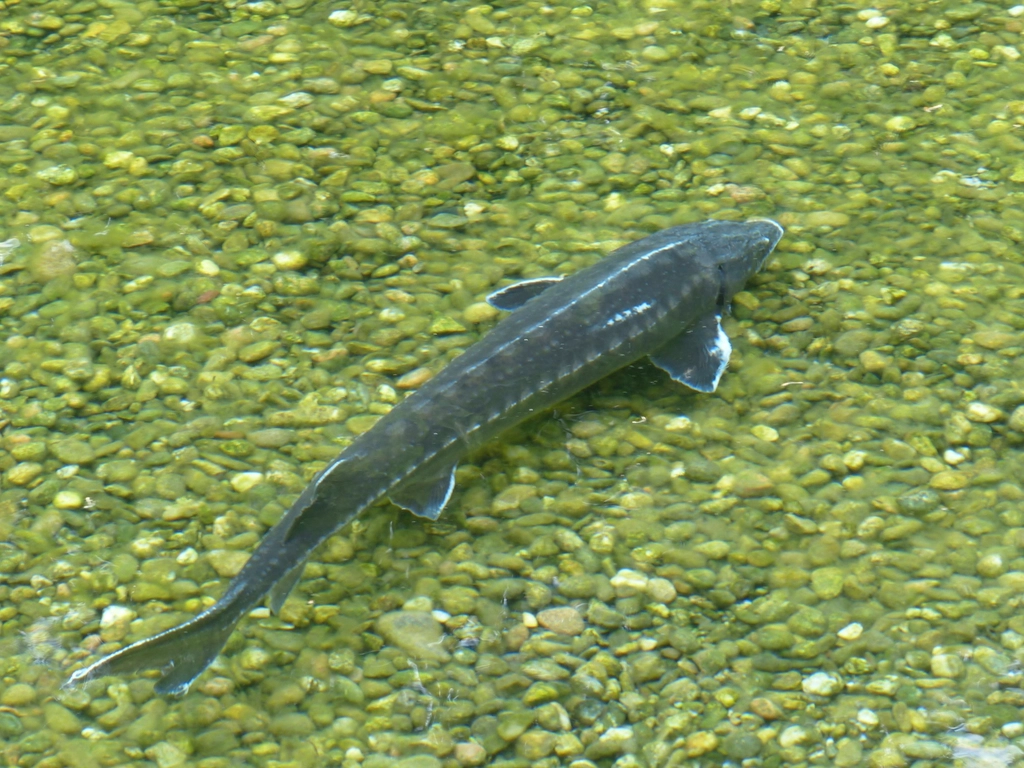
Sturgeon are true river giants—some can grow longer than a grown man is tall! These prehistoric fish have swum America’s rivers since the time of the dinosaurs. Places like Yellowstone National Park and the Great Lakes region are famous for sturgeon sightings. Their bony plates and shark-like tails set them apart from modern fish. Sturgeon migrations are a seasonal spectacle, drawing scientists and sightseers alike. Protecting these fish is crucial, as they are sensitive to pollution and habitat loss.
Bristlecone Pines: Witnesses to the Millennia
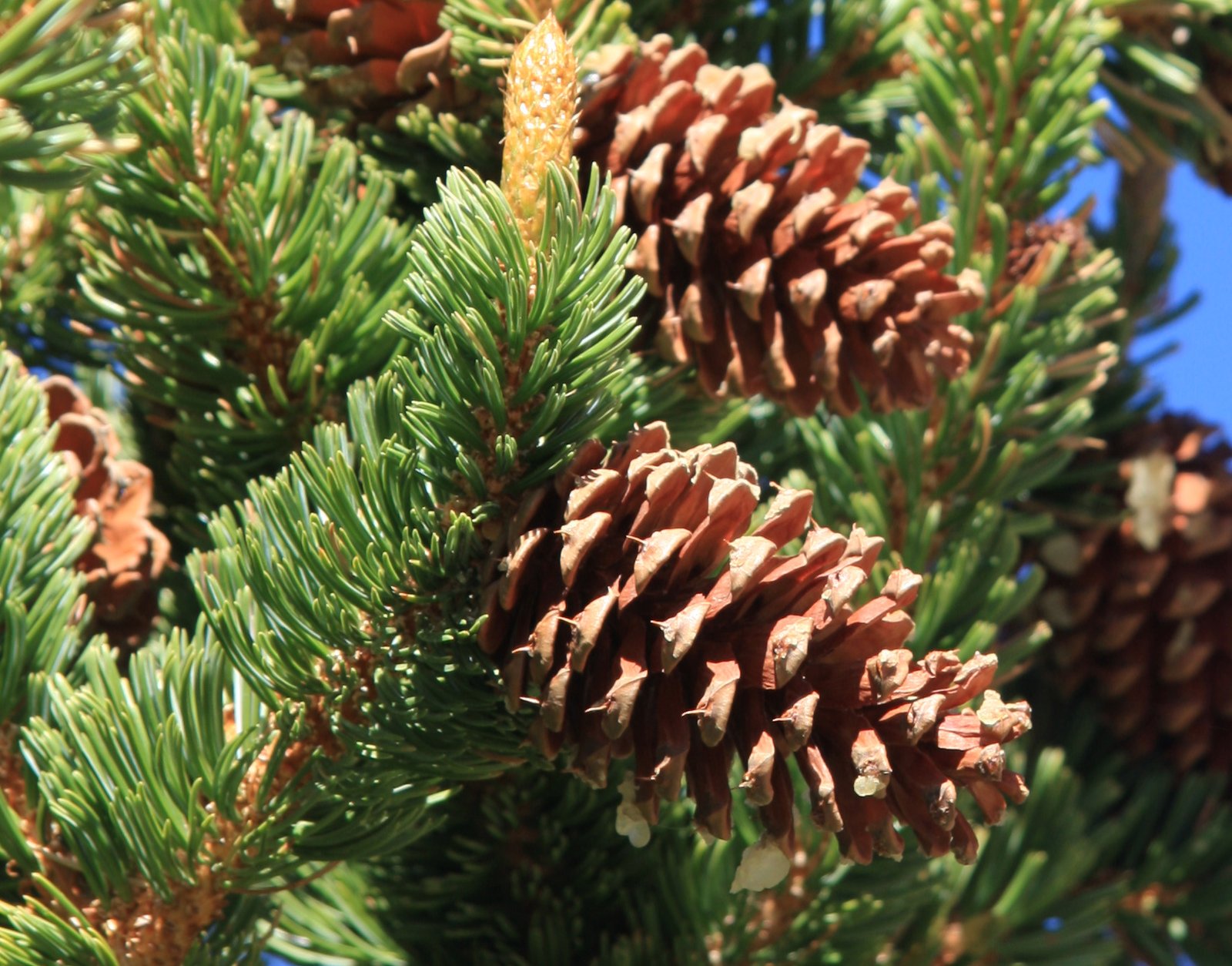
High in the windswept mountains of Great Basin National Park in Nevada, bristlecone pines cling to life. These trees are not only among the oldest living organisms on Earth—some are nearly 5,000 years old—but they also belong to a family that dates back to the age of dinosaurs. Their gnarled trunks and twisted branches tell stories of harsh winters, scorching summers, and eons of survival. Walking among these trees is like stepping into a living museum, where time seems to slow to a crawl.
Cycads: Dinosaur-Era Plants in American Gardens
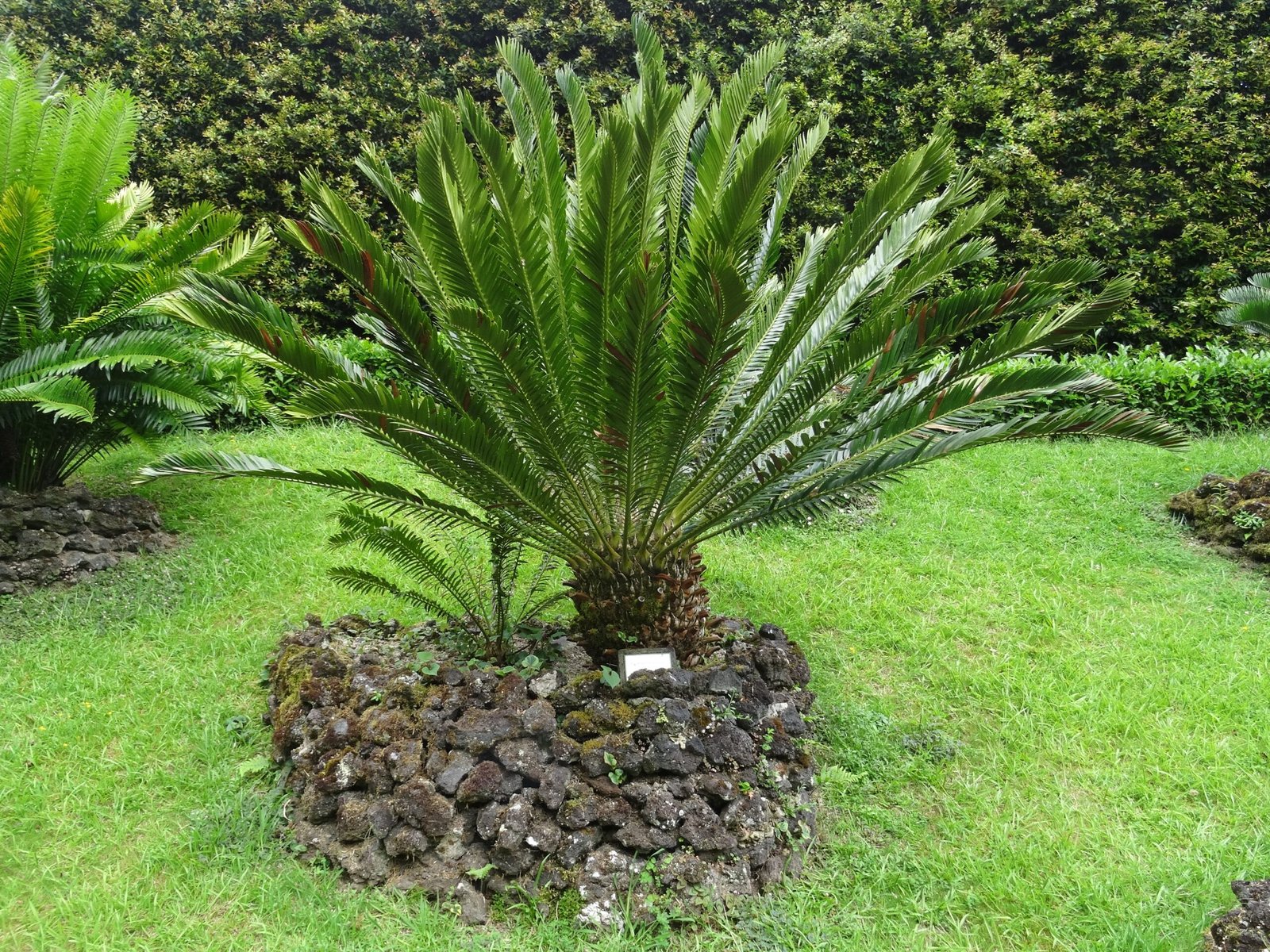
Cycads look like miniature palm trees, but their lineage is ancient—dating back over 280 million years. While native cycads are rare in the U.S., some botanical gardens within national parks, such as those in southern Florida, nurture these living fossils. Their tough leaves and stout trunks are adapted for survival, allowing them to persist through countless environmental changes. For plant enthusiasts, seeing a cycad is like finding a lost chapter from the book of evolution.
Why National Parks Matter for Living Fossils
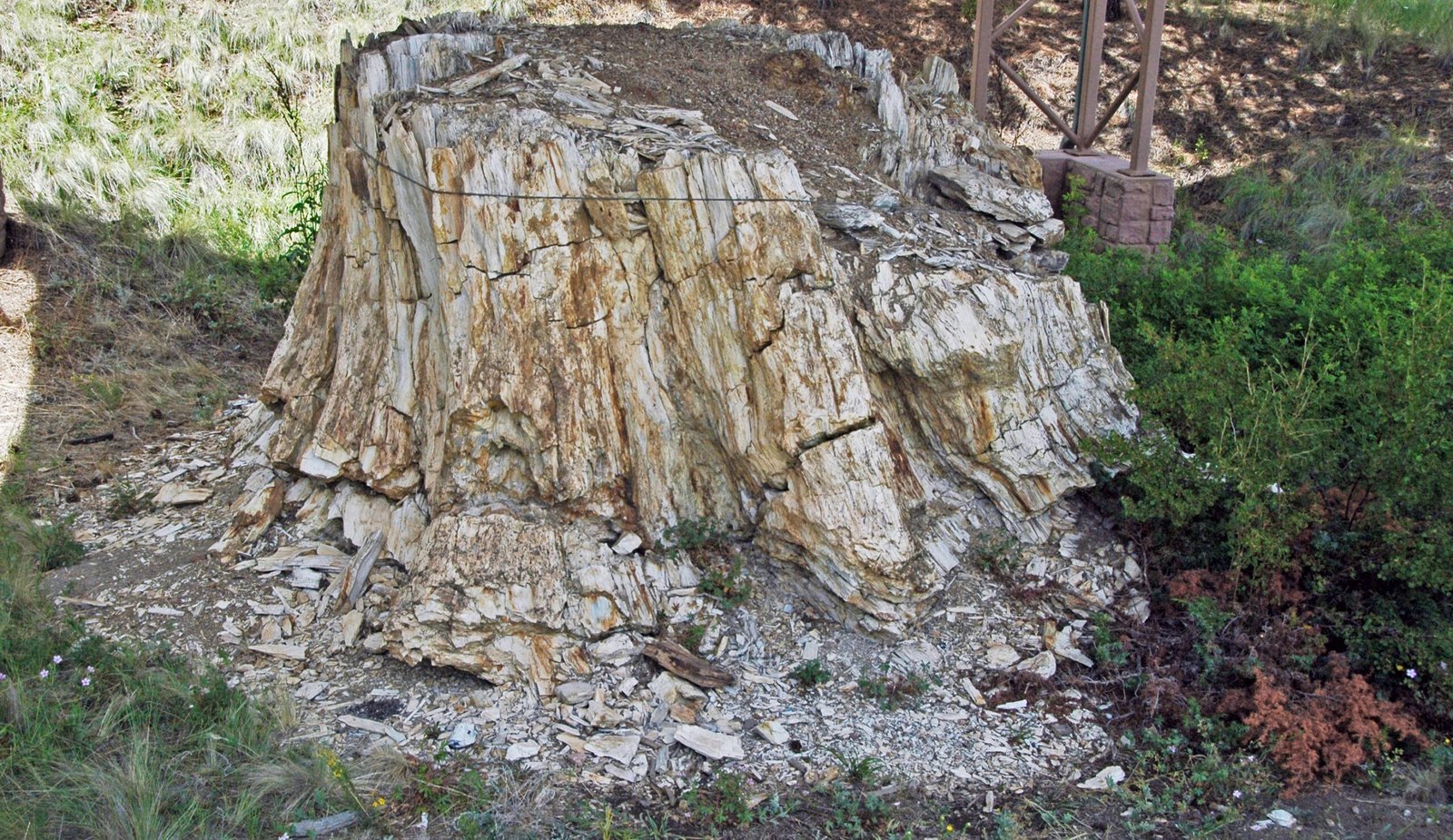
National parks are sanctuaries not just for today’s wildlife, but for the planet’s most ancient survivors. By protecting habitats where living fossils thrive, parks ensure that these rare species have a future. Visitors often leave with a new sense of wonder and responsibility—realizing that by conserving these spaces, we are also preserving the living memory of Earth’s past. The presence of living fossils adds a profound dimension to every hike, paddle, or picnic in our parks.
How to Spot Living Fossils During National Park Week
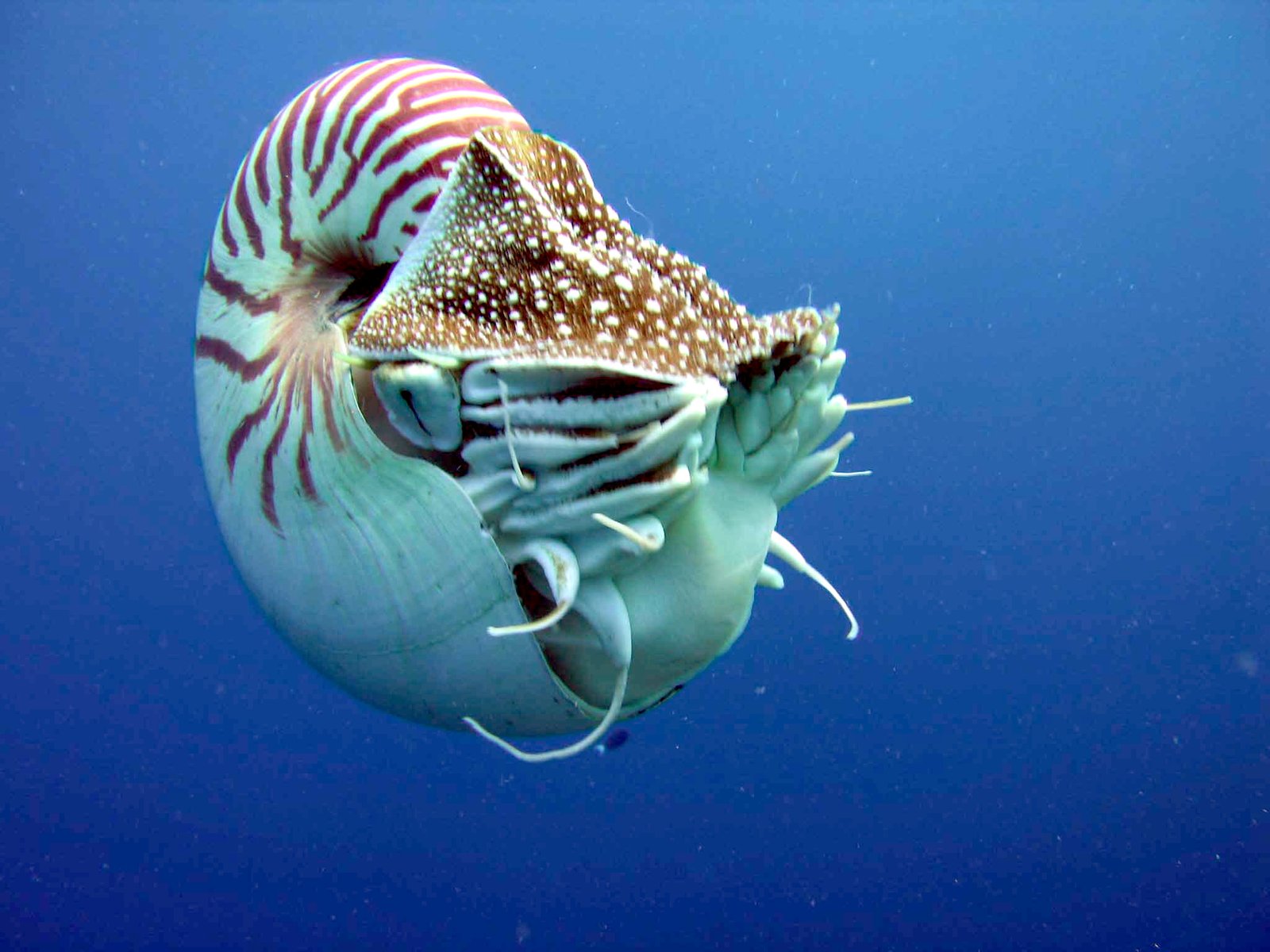
If you’re eager to see a living fossil, start by visiting park information centers to learn about local species. Rangers often lead special walks or talks highlighting these ancient wonders. Binoculars, patience, and a bit of curiosity go a long way when searching for elusive creatures like alligator gars or bristlecone pines. Don’t forget to look down—horseshoe crabs often blend in with the sand! Every sighting is a reminder that nature’s greatest stories are still unfolding before our eyes.
Enduring Lessons from Ancient Survivors
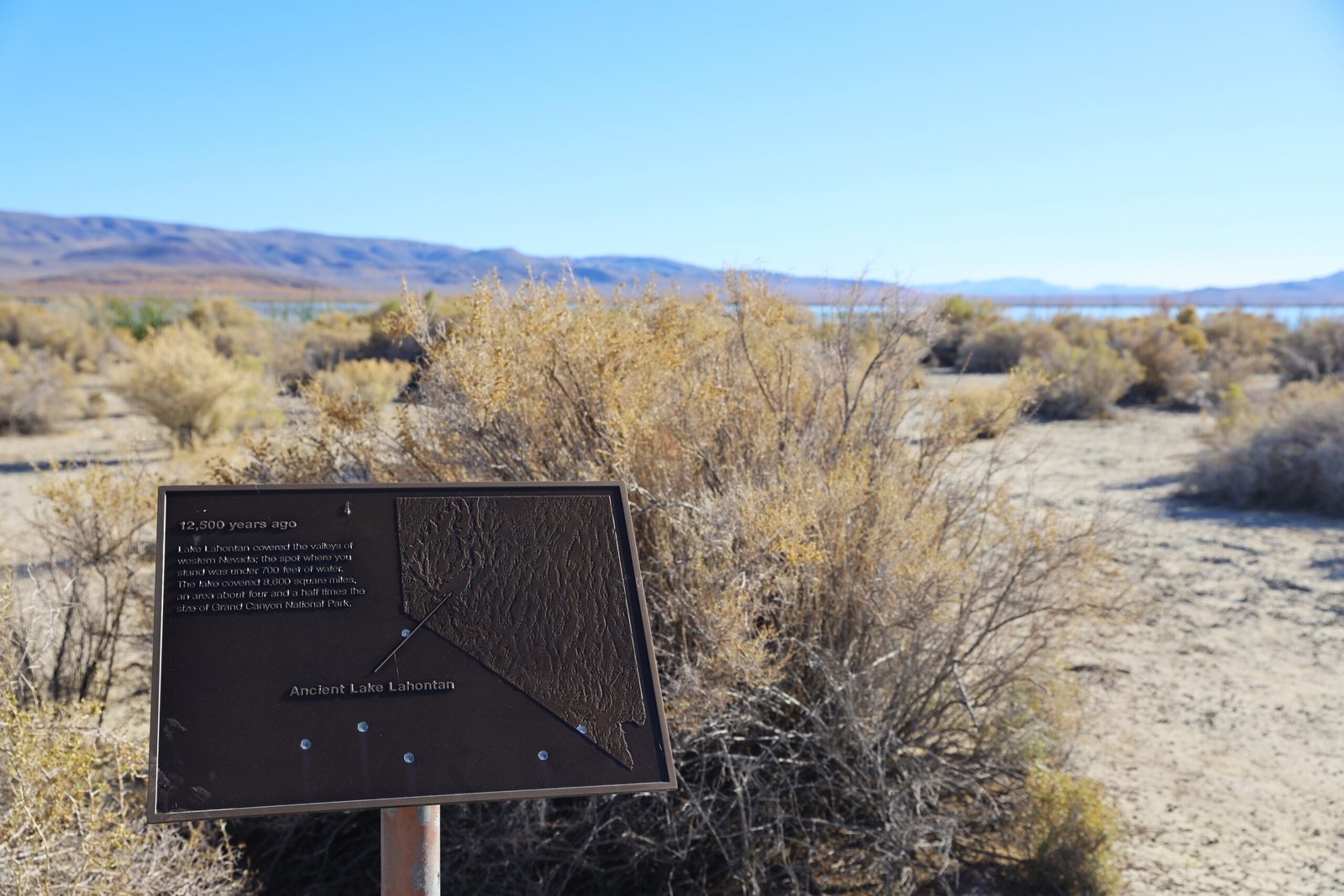
Living fossils teach us resilience, adaptation, and the astonishing power of survival against all odds. Their continued presence is both a mystery and an inspiration—proof that life can persist through unimaginable change. As you explore America’s national parks, remember that every living fossil is a living link to our planet’s earliest chapters. What ancient marvels might be waiting, just around the next bend?

